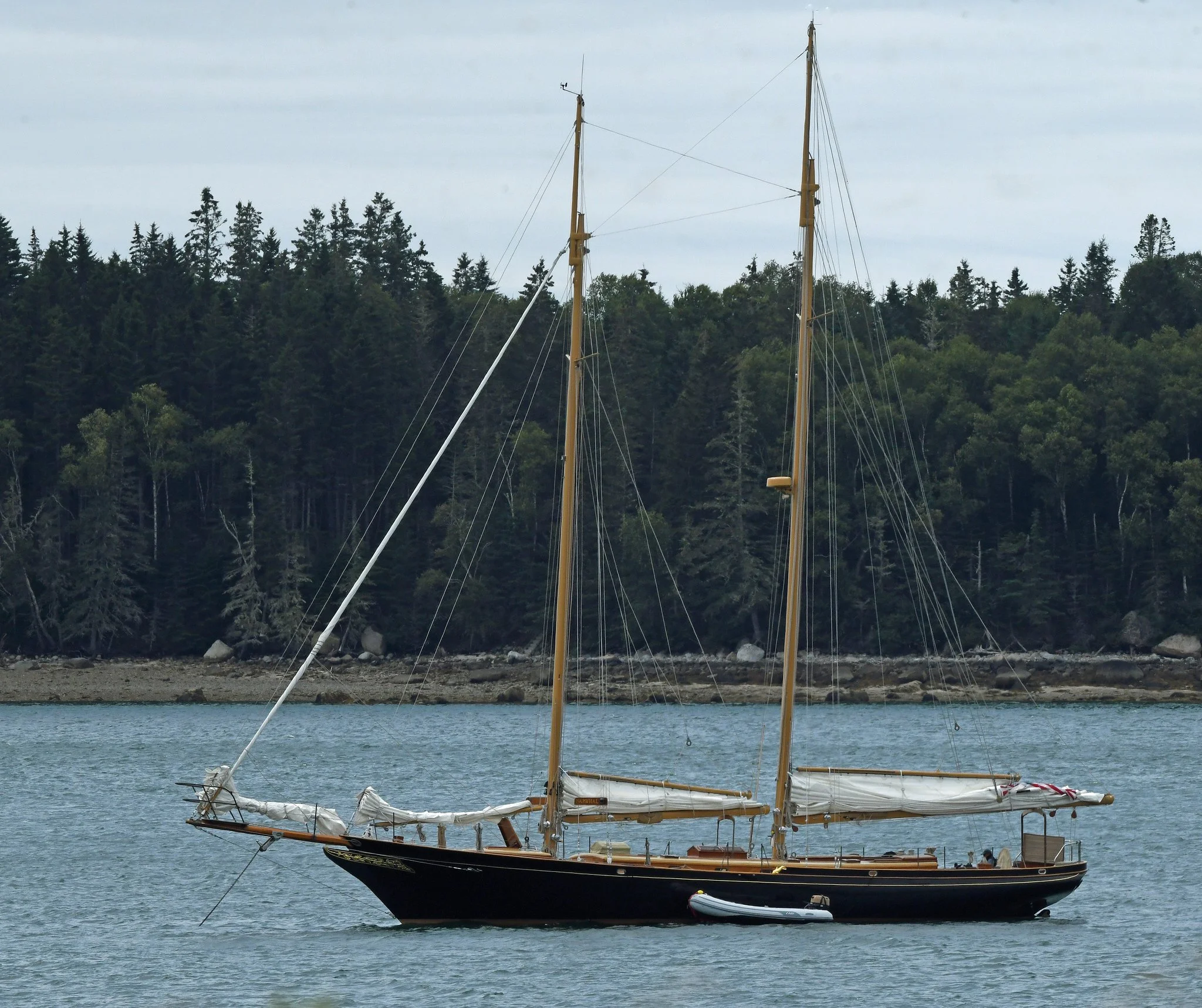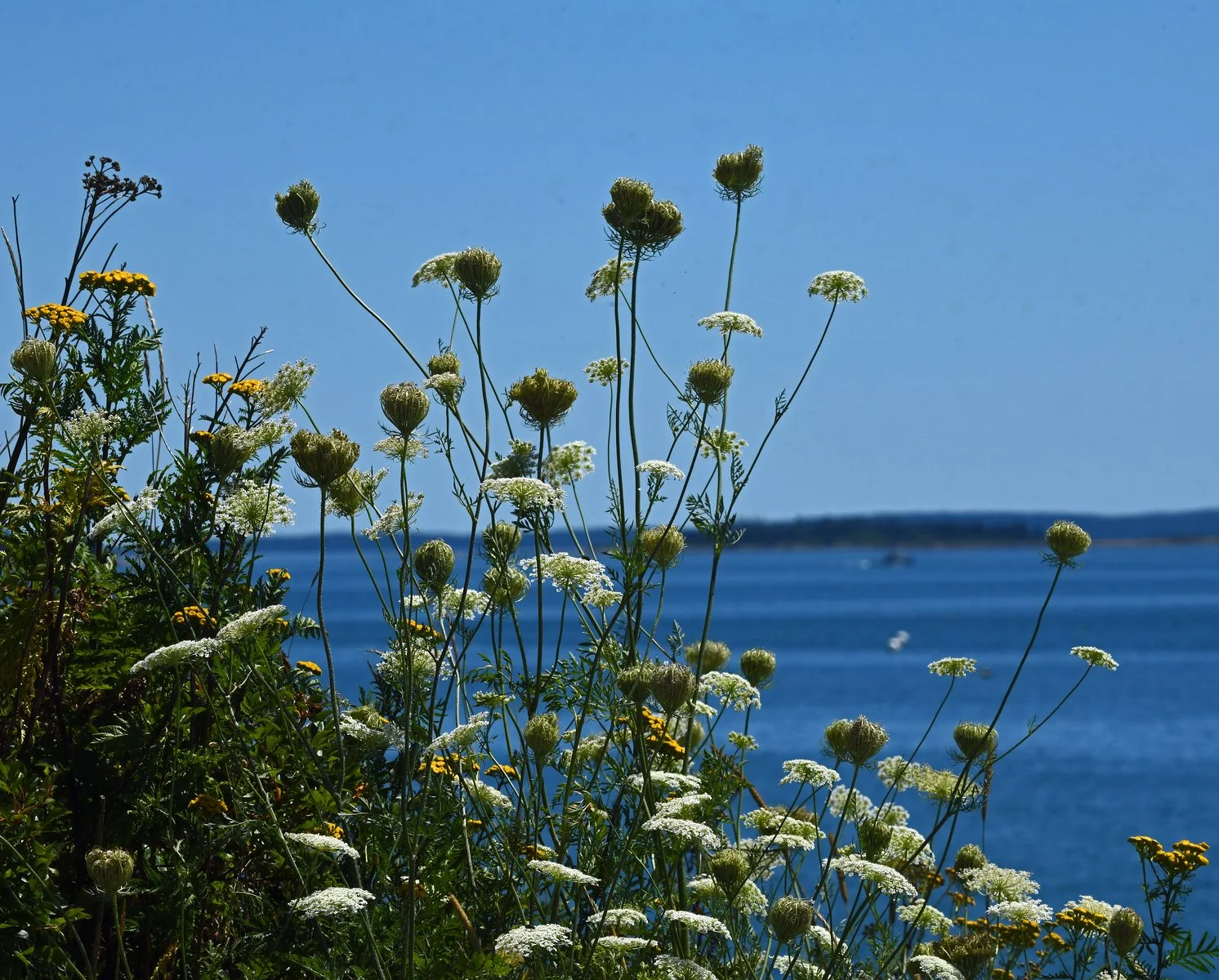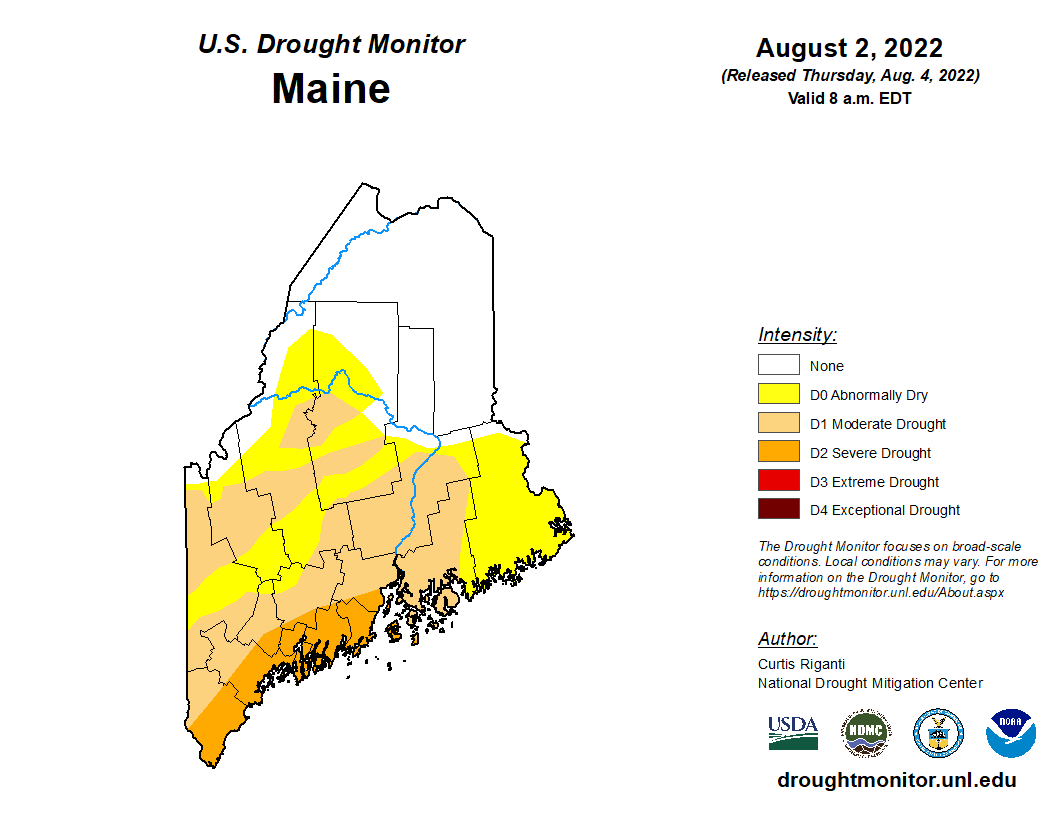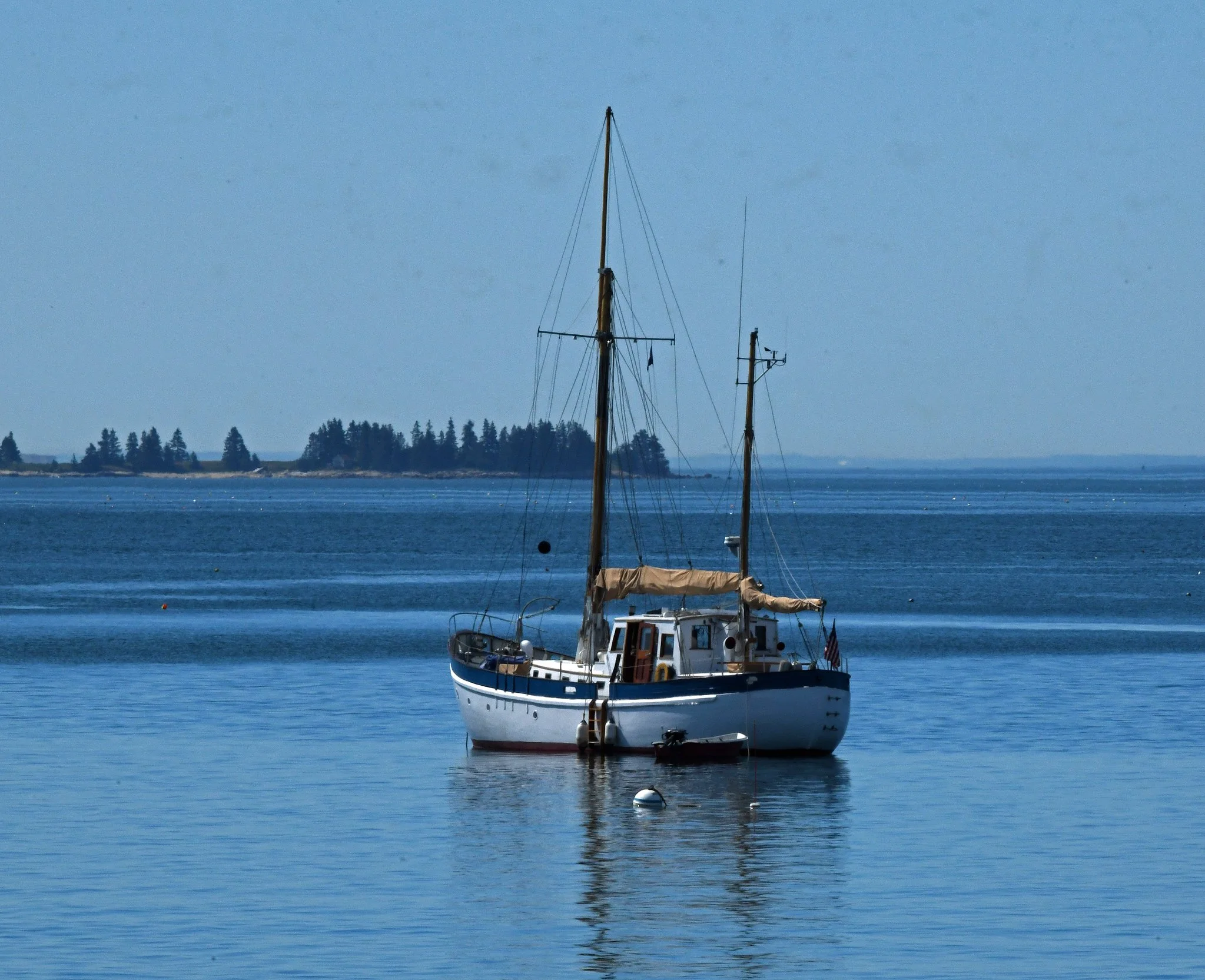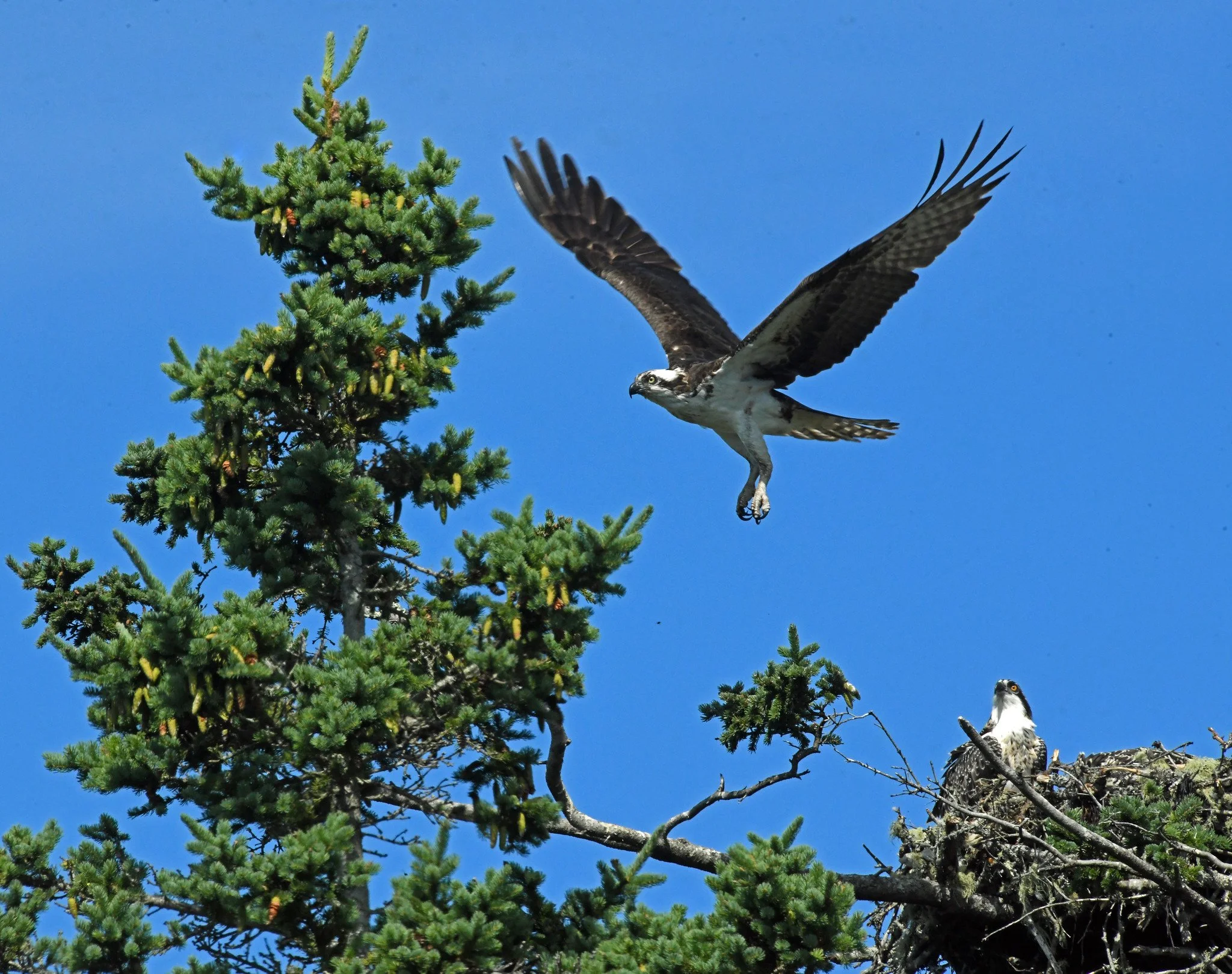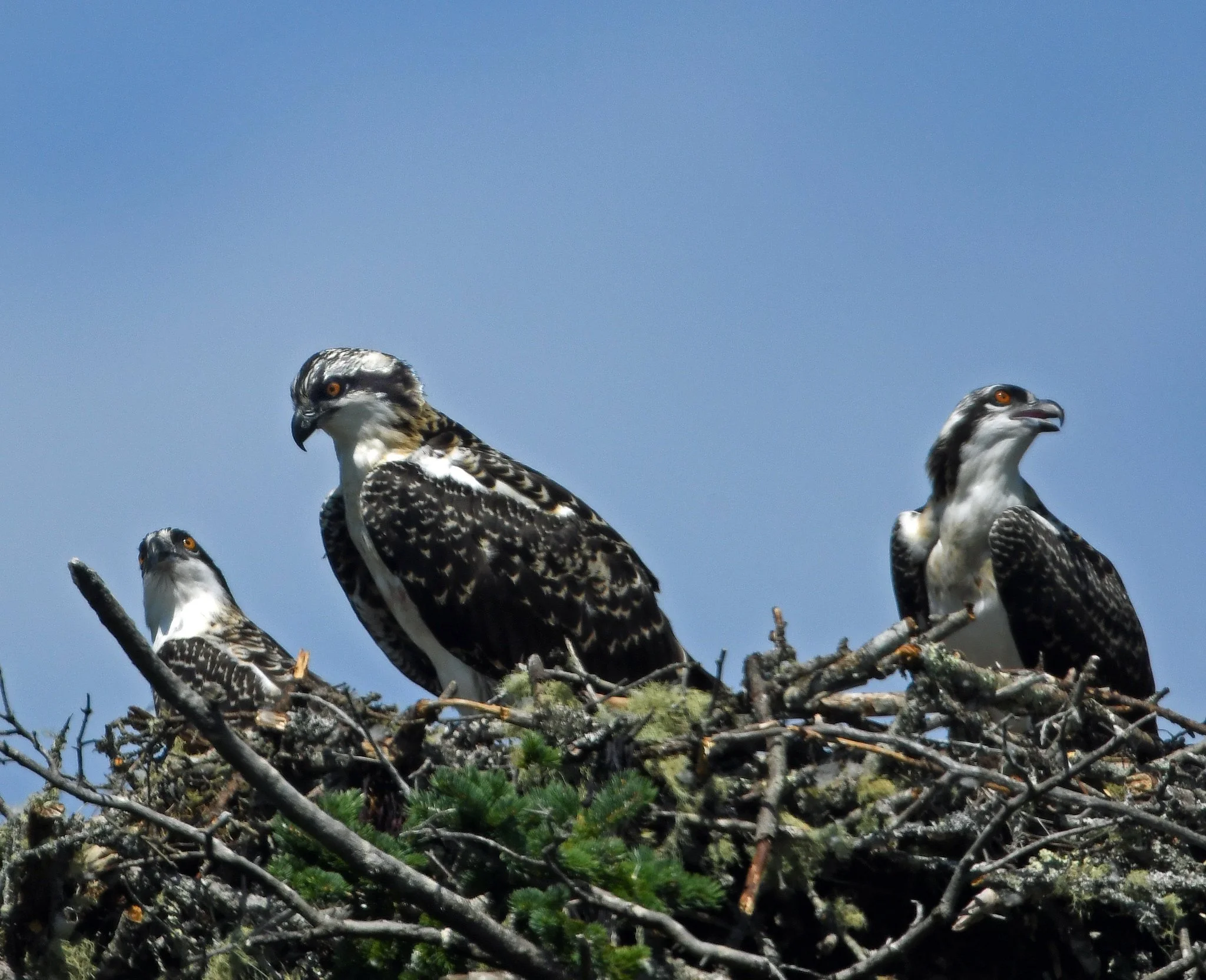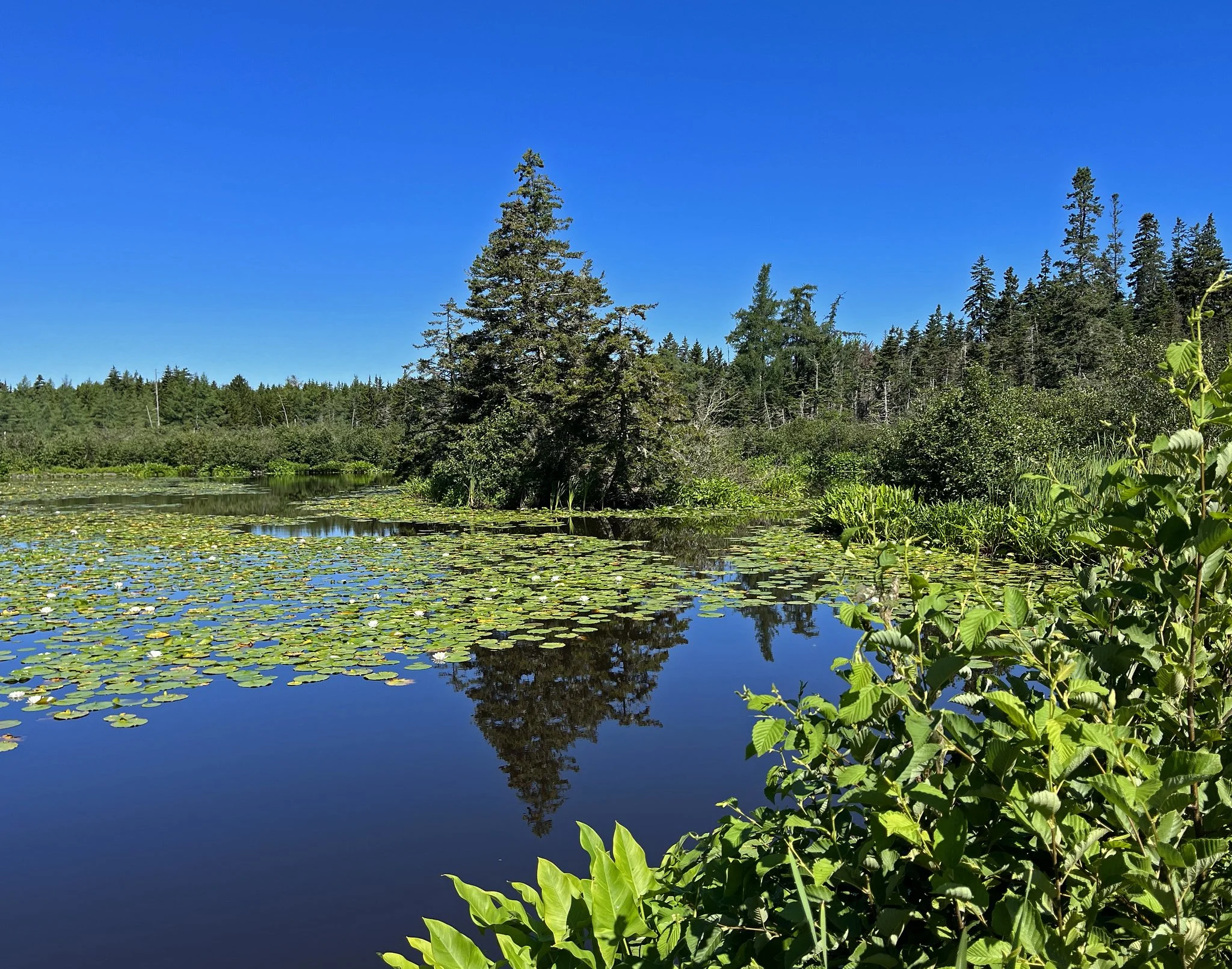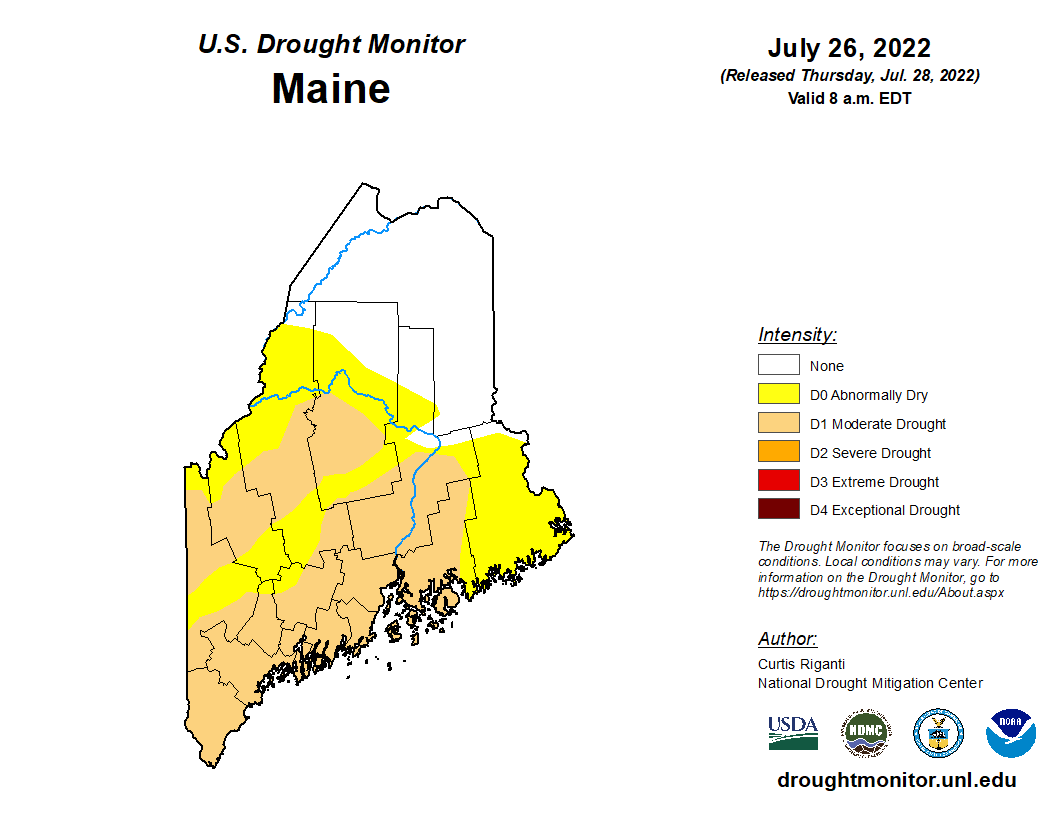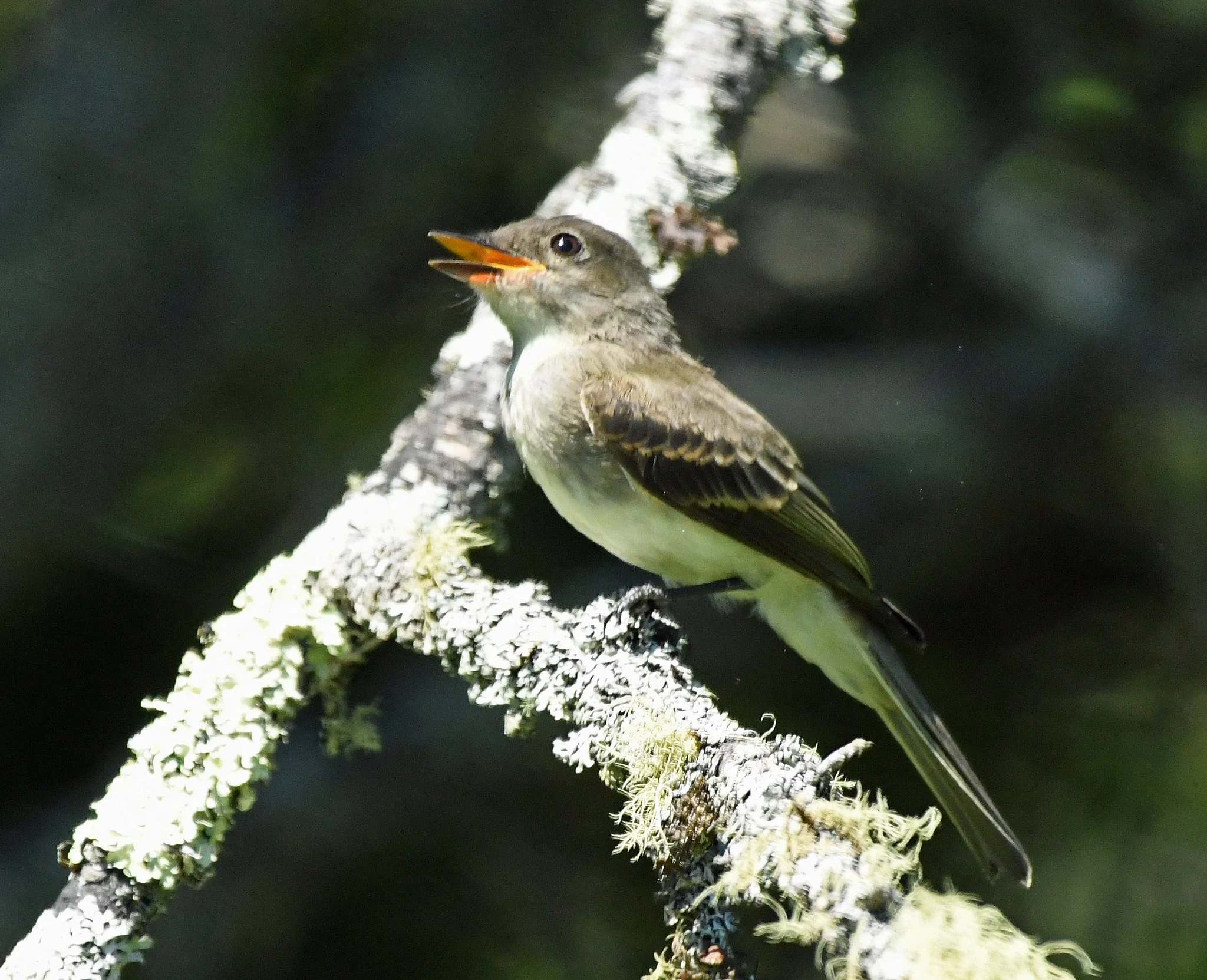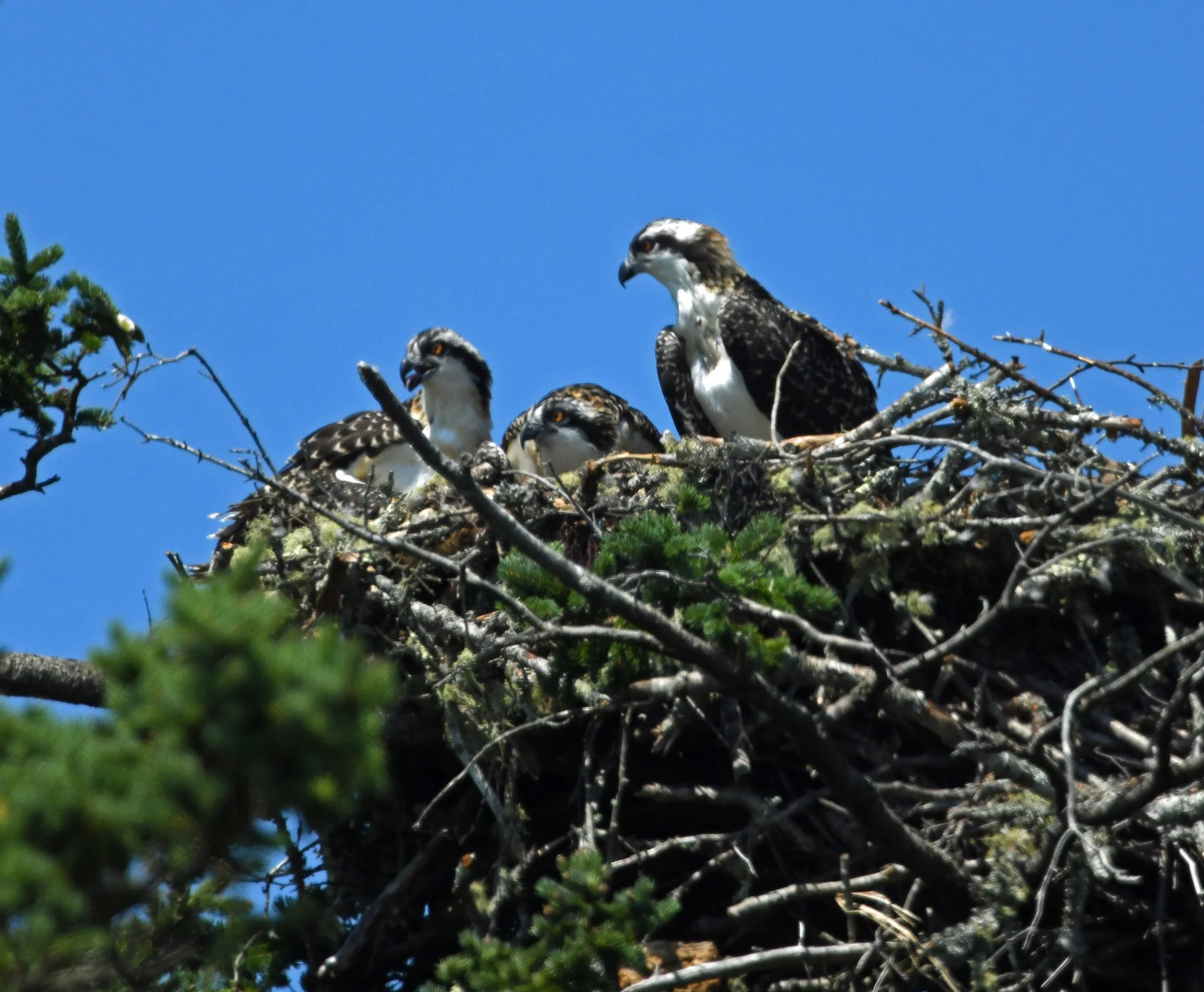Here you see “Narwhal,” another classic vessel that visited Great Cove this week. This racing schooner with a low-silhouette comes to us after a historic delay.
She was designed by L. Francis Herreshoff, the famous son of the even-more-famous American naval architect Nathanael Green Herreshoff.
Francis designed this schooner and her sister ship, the renowned schooner “Mistral,” in 1937. Mistral was launched that year, but the schooner that you see here was not built to its 1937 design (No. 73) until 1999. And, in 2021, Narwhal was restored completely, so what you see here is virtually “new.”
Narwhal now hails from Jamestown, Rhode Island, and reportedly is managed under a private family program. She is 63 ½ feet in overall length and, per her original design, is built with gaff main and top masts to allow her to fly main-top, fore-top, and jib-top sails for extra speed.
As for her name, you probably know that a narwhal (also known as a “narwhale” or “sea unicorn”) is a strange-looking, medium-sized whale. It sports a spiraled canine tooth tusk of five or more feet that projects from the whale’s face like a knight’s lance. (Images taken in Brooklin, Maine, on August 8 and 10, 2022.)

